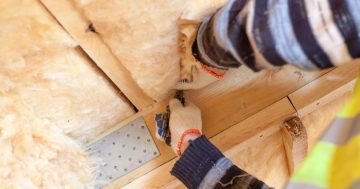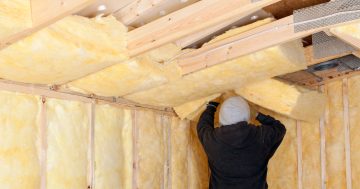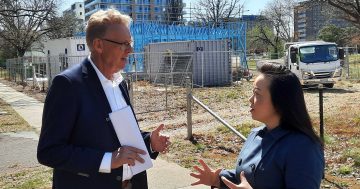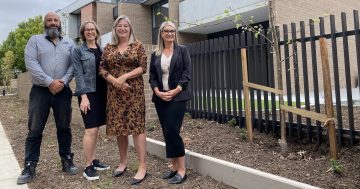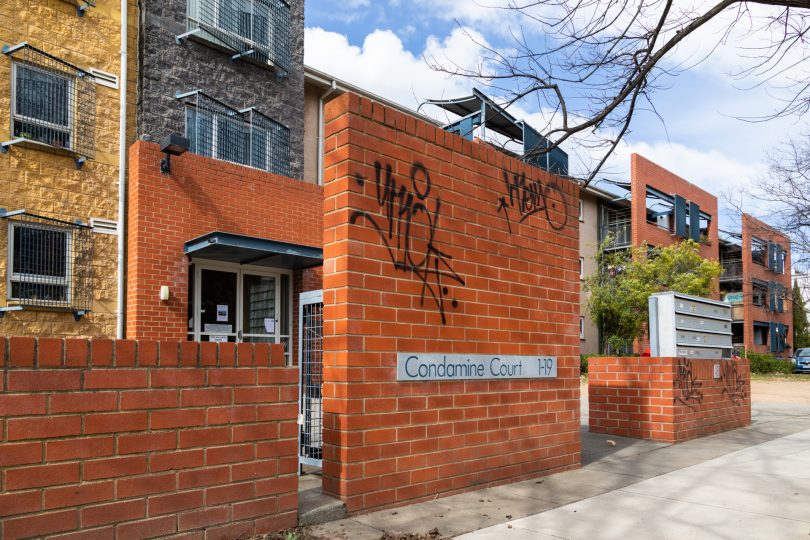
The new rules which will mandate minimum ceiling insulation standards will also apply to public housing in the ACT. Photo: Michelle Kroll.
New rules mandating minimum ceiling insulation standards in the Territory’s rentals will result in a large amount of work for Housing ACT, given it doesn’t yet know how many properties will require upgrades.
In annual reports hearings last week, officials conceded they would need to start gathering data about its 11,000-odd dwellings before it could even outline the scope and cost of the change.
Opposition spokesperson for housing Mark Parton questioned officials about how many public housing dwellings did not meet ceiling insulation minimum standards which will begin to be mandatory from next April.
They did not know.
Executive Group Manager Housing ACT Louise Gilding foreshadowed the task was likely to be significant as around 4000 of its dwellings were older than 40 years old and were unlikely to meet current standards.
“Historically, when we’ve done our property condition assessments, we actually haven’t collected specific data about insulation and how much of it is in each housing property,” Gilding said.
“As a first step, we are doing property assessments across all of our properties and portfolios to gather that information accurately … so we can say this is how many will need an upgrade.
“This is an opportunity for us to undertake a property condition stocktake across the whole [portfolio].”
She said previous upgrades had been more likely to focus on kitchens, painting and carpets than on insulation.
Mr Parton characterised the Government as being behind the eight ball as it had yet to investigate the works required to implement its own new regulations on properties it owned.
“Doesn’t it seem a little odd that you don’t know?” he questioned.
Neither the minister nor officials could put a figure on the cost of the upgrades, which Mr Parton claimed could spiral upwards of $30 million.
“At $5000 an installation for an average house just for the roof and using the 4000 older homes quoted by Housing ACT in the hearings, it is a cost of at least $20 million,” he said.
“The prospect of the Government not being able to comply with its own legislation is quite comical.”
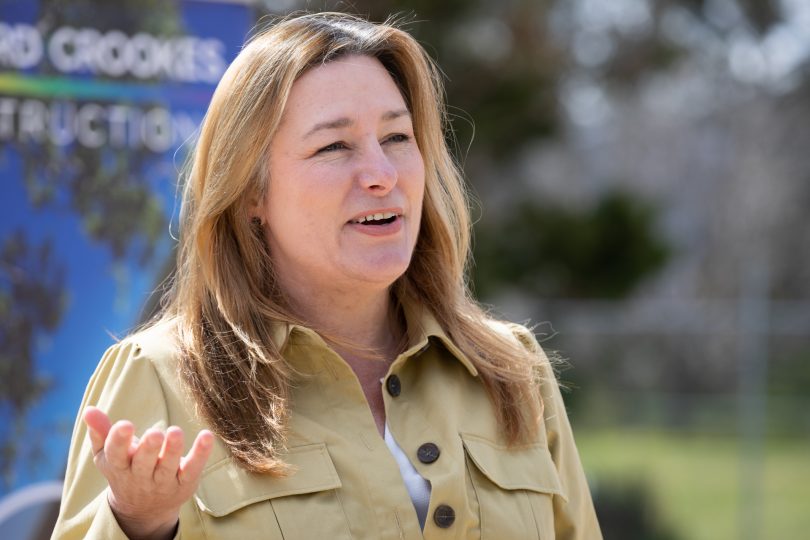
Housing Minister Yvette Berry became exasperated with Mr Parton’s line of questioning at times. Photo: Michelle Kroll.
Housing Minister Yvette Berry argued the ongoing renewal program (sale of old public housing and construction of new stock), would help decrease the number of older and therefore non-compliant properties.
But she conceded any construction and upgrade works were likely to be complicated due to a nationwide shortage of construction workers and materials.
“I’m not going to pretend this isn’t the case … and [could be] with insulation as well,” she told the hearing.
Mr Parton and Ms Berry engaged in their now all-too-familiar debate on whether there had been a net increase in public housing stock in the ACT in the past decade.
Ms Berry said the number would have fallen by at least 1000 due to the Canberra Liberals having “sold off” properties the last time they were in government (in 2001).
According to the latest Community Services Directorate annual report, there were 10,723 public dwellings in the Territory in 2021.
Ms Berry has warned a net increase in public housing stock won’t be reached in a linear manner due to the workings of the renewal program.
She said the promised additional 400 properties and 1000 renewed existing ones would be delivered by 2025.
More than 3000 people are on the waiting list for public housing in the ACT.












